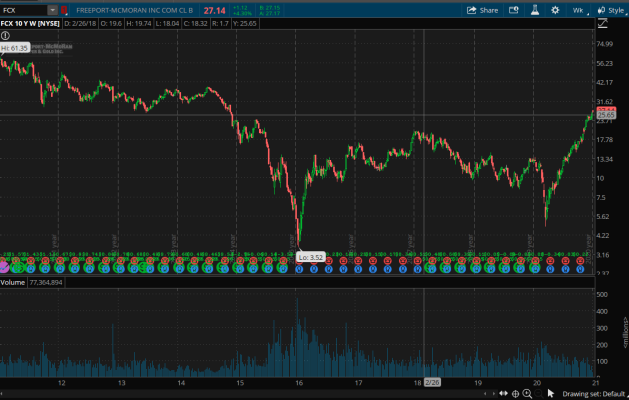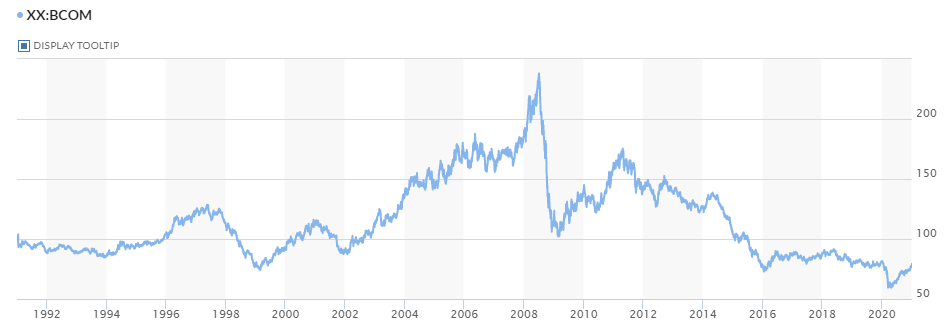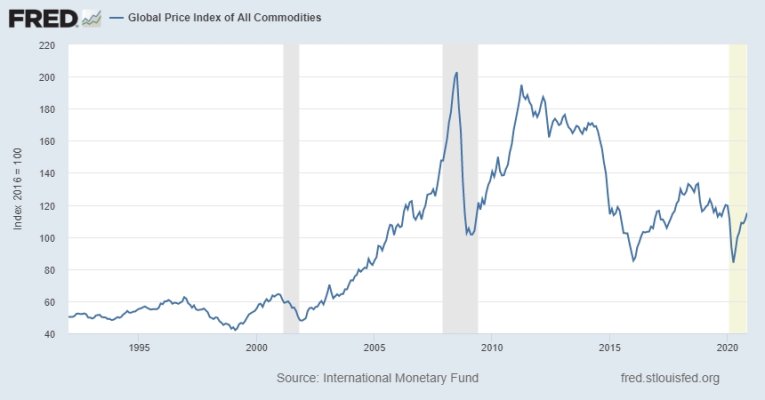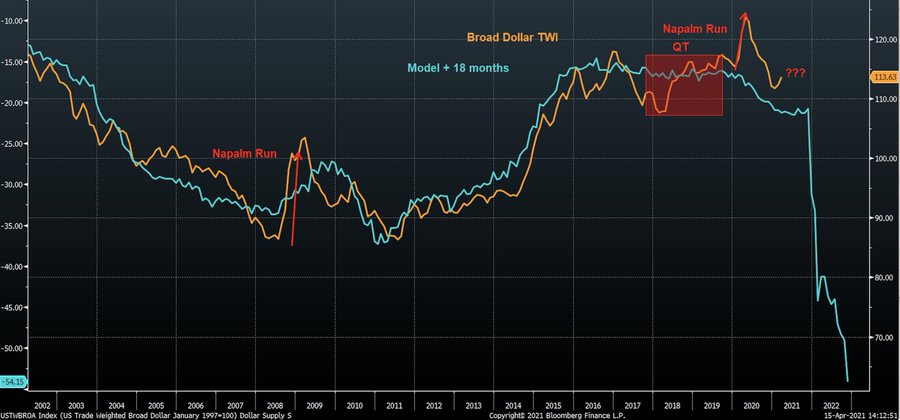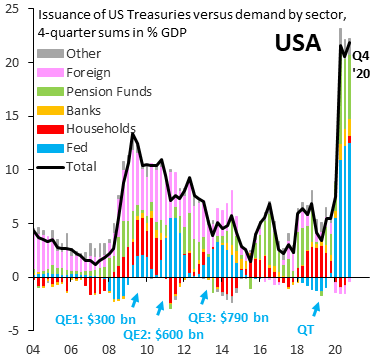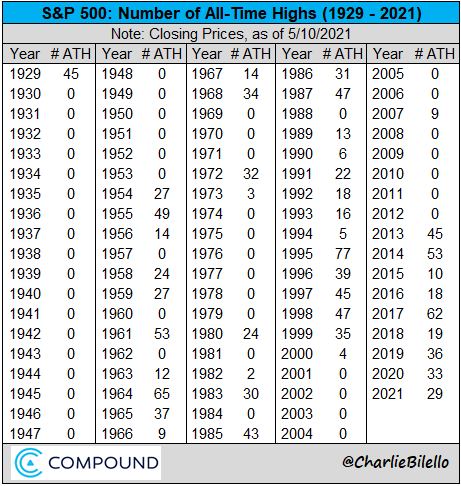If you were investing new funds in this area, what would you nibble on (other than FCX). Individual stock? ETF? If so, what?
I don't have any insight into which company would be the best winner in this space. Back in the period between 2003 and 2008, we went through a period where commodities like industrial metal, fertilizer, and construction material prices went through the roof. I just made myself a mixture of all the big names in each of these specialized sectors in order to diversify away individual company risks. It was a tide that lifted all boats, and they all did well, some more than others. I made money overall, and that was all I cared.
Anyone can do a bit of a search to find these names. I remember back then making good money on phosphate producers when the price of phosphate went from $50/ton to $400/ton. It was said that China farmers used a lot more fertilizers than their Western counterparts to maximize the yield of their limited arable land. If that was true, then why did phosphate price drop to as low as $70 recently? I don't know. I sold the stocks when the stock price tumbled along with the Great Recession, and looked for something else. The price of phosphate has slowly climbed back to $82.
There was a housing bubble around the world at the same time the US was developing a subprime time bomb. There was a shortage of building material, and I remember making money buying Lafarge, a cement producer.
Yes, I just sprinkled money on companies in these hot sectors, and made decent money. It was nothing like people did recently with Tesla and other hot stocks, but I managed to beat the S&P. I was not 100% in these hot sectors either, only overweighed in them.
PS. I mentioned XME for industrial metals earlier. For copper alone, there's COPX.

